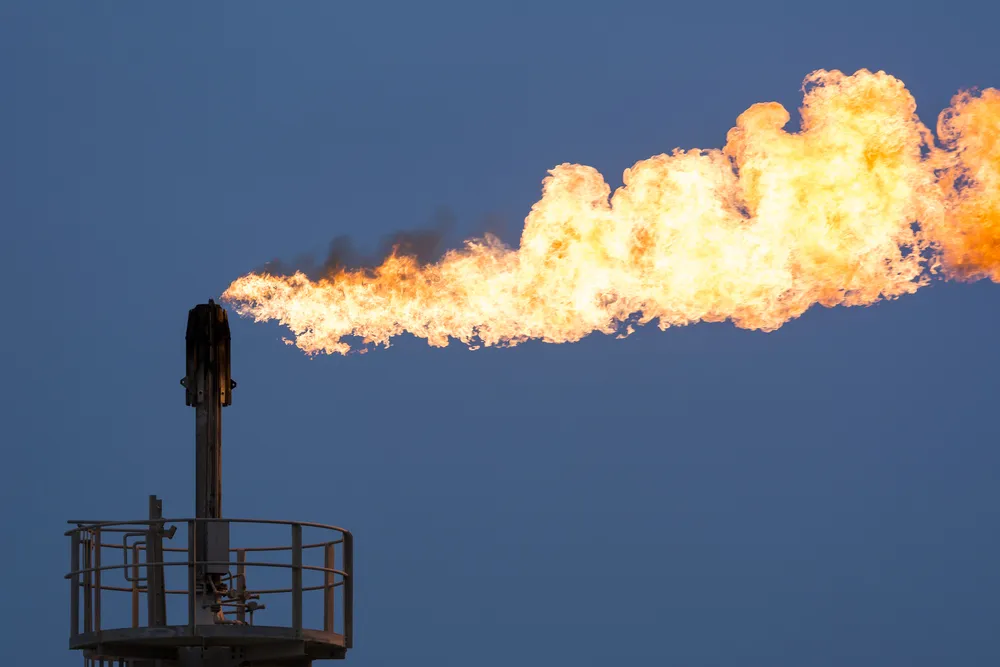Introduction:
In industries involving chemicals, oils, gas, or petrochemicals, mechanical engineering plays a crucial role. It involves developing engineering knowledge and skills related to inspection, monitoring, condition evaluation, and more. Mechanical engineers focus on the containment and control of solids, liquids, and gases, covering areas like material science, design methodology, static and rotary equipment fabrication, inspection, repair, maintenance, and condition monitoring.
The Principles of Mechanical Engineering Technology program integrates various concepts, including electrical mechanical engineering technology and mechanical technician. This course prepares participants for advanced studies, potentially leading to a master's degree in mechanical engineering technology.
Main Concepts of Electromechanical Technology
Electrical mechanical engineering technology combines principles from both electrical and mechanical engineering. This integration is essential for those pursuing mechanical engineering or technician. Understanding this interconnectedness is crucial for designing, creating, and servicing complex mechanical and electromechanical systems.
Objectives:
At the conclusion of the Principles of Mechanical Engineering Technology course, participants will be able to:
- Conduct Non-Destructive Examinations (NDE) of static and rotating machinery.
- Operate machines and tools with the appropriate materials for mechanical jobs.
- Understand the operation and design of complex mechanical systems.
- Implement measures to protect equipment from corrosion.
- Identify functional failures in equipment and understand related issues for mechanical training.
Training Methodology:
- Interactive lectures
- Hands-on workshops
- Case studies
- Simulations
- Group discussions
- Technical drills
- Equipment inspections
- Q&A sessions
Course Outline:
Unit 1: Introduction to Mechanical Engineering and its Basic Principles
- Engineering material properties
- Stress and strain concepts and relationships
- Failure by fracture forms, modes of failure, stress concentration, and fracture toughness
- Fatigue failure mechanisms, test starters, and methods
- Materials at temperature and creep failure
- Failure mechanisms classification
- Bolton’s principles of mechanical design
- Mechanical technologies field
- ASME and API systems, relevant codes, and standards
- Designing monolithic structures
Unit 2: Materials Examination and Choice for Mechanical Technology
- Materials selection approaches in mechanical engineering
- Analyzing constructional materials:
- Carbon steels
- Alloy steels
- Stainless steels
- Nickel and titanium alloys
- Advanced inspection methods:
- Visual
- Penetrant
- Magnetic flux
- Eddy current
- X-ray and Gamma-ray
- Ultrasound (TOFD and Pulse-echo)
Unit 3: Valves, Piping, and Fit for Purpose in Mechanical Engineering
- Valve functionality studies
- Valve categories, properties, and functions
- Extinguishing valves and actuators
- Piping systems construction:
- ASME B31
- Pipe types, construction, and schedules
- Steel pipes
- Weld types and sections
- Flanges and gaskets
- Pipe coatings and linings
- Pipe supports and insulation blocks
- Piping design stress relief
- Cleaning methods, pigging
- Water hammer
- API 570: Inspection and repair of pipelines and piping
- API 579: Serviceability of welded components
- Fitness for service overview
Unit 4: Corrosion Management in Mechanical Technologies
- Corrosion types and concepts
- Corrosion inspection, monitoring, and prevention strategies
- Damage limitation approaches
- Special coatings and anti-corrosive measures
- Electrochemical protection methods
Unit 5: Compressors in Mechanical Technology
- Types of compressors:
- Reciprocating
- Centrifugal
- Screw
- Blading and staging
- Performance diagrams
- Compressed air makeup and attending devices
- Employing glands and mechanical seals
Unit 6: Mechanical Maintenance and Mechanical Technician Relevance
- Maintenance strategies and philosophies
- System optimization for maintenance
- Maintenance management systems and their relevance
- Condition monitoring importance
- Vibration analysis
- Shaft alignment for machine durability and stability


















